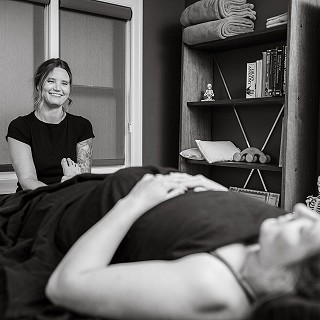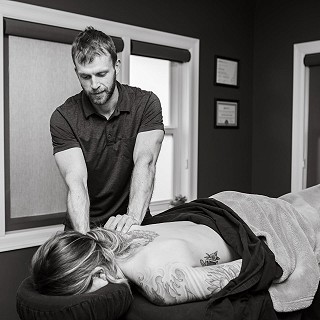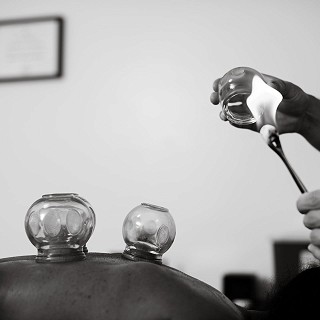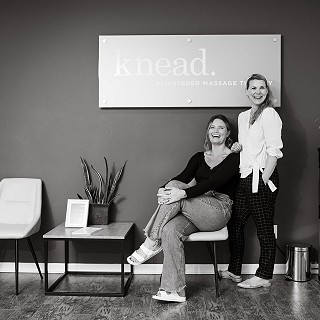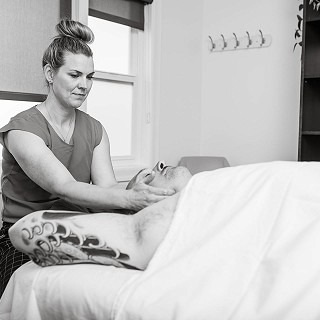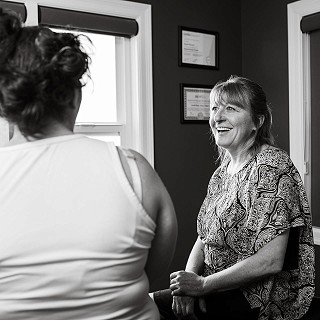Effects of Dehydration & Importance of H20
Hydrating is a crucial component to sports performance for athletes and weekend warriors alike. Water is a quintessential hydrator, however the power of this nutrient is often overlooked. How much should you hydrate? When? and what alternatives to water might suffice? The following should answer all of your questions and boost your H20 IQ.
You cannot function without water: Your body cannot survive without sufficient water, as noted by the fact that athletes die from dehydration. Water is the solvent for your biochemical reactions.
You don’t need eight glasses of water per day: No scientific evidence supports the “eight glasses per day” rule. Our fluid needs are based on body size, temperature and activity level. In 2000, the National Athletic Trainers Association published a position statement concluding that ‘Fluid replacement should approximate sweat and urine losses and at least maintain hydration at less than 2% body weight reduction’. Some sources recommend 500-1000ml/hour, so gauge your personal sweat loss and thirst. You can also monitor your urine. If your urine is dark and odorous, you should drink more. If you have not urinated during your work or school day, you are severely under-hydrated.
You need water for digestion: Water is required to moisten and digest food, transport nutrients to and from cells, discard waste and dissipate heat. Water is a major component of the muscles and organs; about 60 percent of a male’s body weight and 50 percent of a woman’s body weight is water.
Your body parts have different water contents: Water constantly moves through your cells. About 4- 10 % of your body-water gets replaced every day with “fresh” water. For example: Blood is approximately 93 percent water. Muscle is about 73 percent water. Body fat is about 10 percent water.
Your body produces 8 to 16 oz. (250 to 500 ml) water per day: This occurs during normal metabolic processes. When muscles burn glycogen, they simultaneously release about water for every 1 unit of muscle glycogen; this helps protect against dehydration.
When you sweat, you lose water from both inside and outside your cells: The water outside the cells is rich in sodium, an electrolyte that works in balance with potassium. Potassium is an electrolyte inside the cells. Sweat contains about seven times more sodium than potassium; hence sodium is the most important electrolyte to replace during extended exercise.
An increased concentration of particles in your blood triggers the sensation of thirst: If you are a 150-pound athlete, you’ll start to feel thirsty once you’ve lost about 1.5 to 3 pounds of sweat (1 percent to 2 percent of your body weight). You are seriously dehydrated when you have lost 5 percent of your body weight.
Dehydration can hinder athletic performance: Athletes who lose more than 2 percent of their body weight (3 pounds for a 150-pound athlete) lose both their mental edge and their ability to perform optimally in hot weather. Sweat loss of more than 10 percent body weight is life threatening.
Water can reduce constipation and help with urinary tract infections.
You don’t have to drink plain water to hydrate: All fluids count, as do foods that have high water content. Fruit and vegetables are high in water content, but here are some examples that might surprise you: Oatmeal is 84 percent water. Low-fat milk is 90 percent water. Coffee is 99.5 percent water. Lettuce is 96 percent water. Tomato is 95 percent water. Broccoli is 89 percent water. Low-fat vanilla yogurt is 79 percent water. Ice cream is 60 percent water.
Water is obviously the quickest source of hydration, rather than food. However, the nutrients from many of those listed foods are also beneficial. If you are trying to stay hydrated throughout the day, those sources can count as fluid intake.
The Ultimate BBQ Chicken
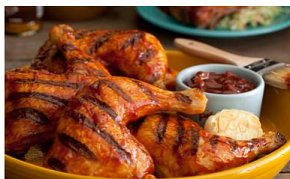
Ingredients
Brine:
- 2 quarts water
- 2 tablespoons kosher salt
- 1/4 cup brown sugar
- 2 garlic cloves, smashed with the side of a large knife
- 4 sprigs fresh thyme
- 6 chicken legs and thighs, still connected, bone in, skin on, about 10 ounces each
The Ultimate Barbecue Sauce:
- 1 slice bacon
- 1 bunch fresh thyme
- Extra-virgin olive oil
- 1/2 onion, chopped
- 2 garlic cloves, chopped
- 2 cups ketchup
- 1/4 cup brown sugar
- 1/4 cup molasses
- 2 tablespoons red or white wine vinegar
- 1 tablespoon dry mustard
- 1 teaspoon ground cumin
- 1 teaspoon paprika or smoked paprika if available
- Freshly ground black pepper
Instructions
Brine; combine ingredients in a large re-sealable plastic bag. Add chicken, close bag & refrigerate 2hrs (or as long as you have!).
Meanwhile, make the sauce; Wrap the bacon around the bunch of thyme & tie with kitchen twine so you have a nice bundle. Heat 2 tblspns of oil in a large saucepan over medium heat. Add thyme & cook slowly 3-4mins. Add remaining ingredients, give sauce a stir, & turn heat to low. Cook slowly for 20mins. Once sauce is done cooking, remove about 1 1/2 cups & reserve for serving alongside chicken. The rest of the BBQ sauce will be used for basing the legs.
Preheat oven 375 degrees F.
Preheat a grill pan or an outdoor barbecue to medium heat. Take chicken out of brine, pat dry on paper towels. Arrange chicken pieces on preheated grill & cook for 10mins, turn once mid-way. Transfer chicken to a cookie sheet & place in oven. Cook for further 15 mins – remove from the oven & brush liberally, coating every inch of the legs with sauce & then return to oven for 25-30mins, basting chicken for a second time half way through. Serve with extra sauce.
Serves: 6
Figure 4 Stretch
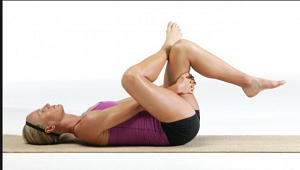
The Figure-Four (Piriformis) Stretch! The piriformis muscle is an external rotator of the hip and due to long hours of sitting and various activities we put our bodies through, this muscle can get seriously tight!
Lying on the ground facing the sky, cross one leg over the other with the ankle resting on the opposite knee. Now reach and connect your hands behind the hamstring of the non-bend side. Gently pull the hamstring towards your belly and feel a stretch to the opposite side. Hold for 10-15-seconds and repeat sides.
